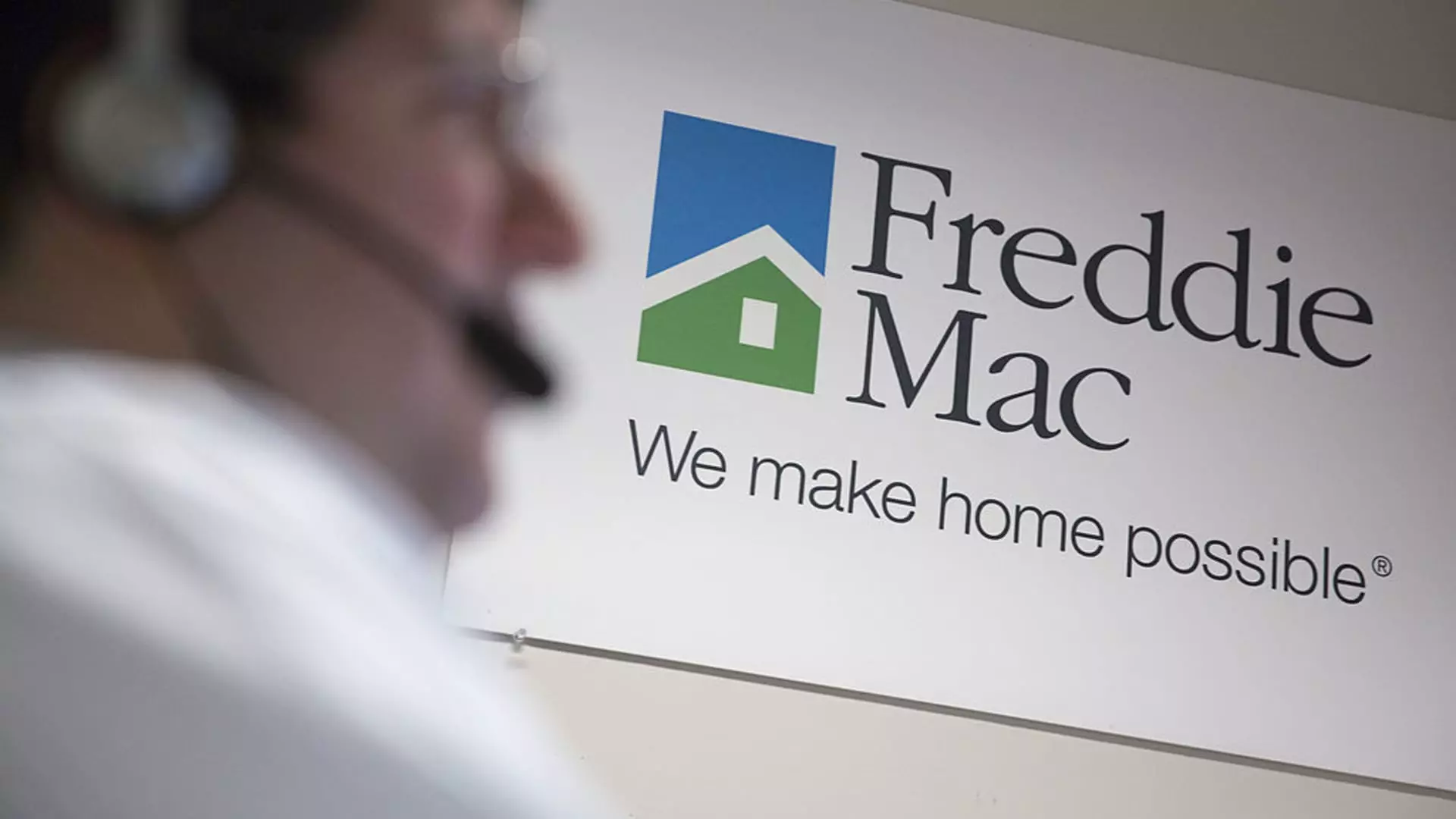Fannie Mae and Freddie Mac are paramount institutions within the U.S. mortgage industry, shaping the landscape of home financing and impacting the economy at large. Currently, these entities operate under the supervision of the federal government due to their placement in conservatorship during the 2008 financial crisis – a move that many now debate the necessity of as the landscape shifts and evolves.
The conservatorship of Fannie Mae and Freddie Mac was a watershed moment catalyzed by the 2008 financial meltdown. As housing bubbles burst and mortgage defaults soared, the federal government intervened to prevent complete market collapse. These two organizations were critical to home lending and crucial in insuring mortgages for millions of Americans. By taking on a protective role, the federal government extended lifelines amounting to $100 billion each, aiming to stabilize these giants and, by extension, the economy.
In the wake of massive foreclosures – with figures hovering around 3.8 million homes lost from 2007 to 2010 – the government’s actions were, at least in the eyes of some economists, justified. Moody’s Mark Zandi articulated the viewpoint that actions taken post-crisis were beneficial to the broader economy and taxpayer welfare. However, with the passage of time, a pressing question arises: Does this reliance on government intervention truly safeguard taxpayers, or does it leave them susceptible to future risks?
Fannie Mae and Freddie Mac, while resourceful entities, encountered severe difficulties caused by their abrupt descent into conservatorship. Their stock values plummeted, rendering shares nearly worthless and illustrating the steep consequences of their leveraged positions – an alarming ratio of 1,000-1 in capitalization, according to Calabria. As taxpayers footed the recovery bill, the significance of these companies lengthened in the public’s mind, raising concerns about the long-term sustainability of such government-backed operations.
Further complicating the narrative, the Treasury’s decision to enact profit sweeps aimed at recouping taxpayer funds has led many policymakers and market analysts to reflect critically on the future trajectory of these firms. The sweeping of profits back to the Treasury, while initially seen as an avenue to recover expenditure, left Fannie Mae and Freddie Mac starved for capital and questioned their return to normalcy.
As discussions around potential privatization gain momentum, advocates argue that the current model places unnecessary burdens on taxpayers and produces inherent risks. Former FHFA director Mark Calabria articulated that while the mortgage finance system has strengths, its vulnerabilities in the face of downturns warrant scrutiny. He posits that a restructured market, liberated from extensive government oversight, may lead to mortgage rates declining rather than rising – a notion that stands in sharp contrast to prevailing fears about increased costs without a federal backstop.
Mark Zandi highlighted a stark estimate suggesting that an absence of government support could drive up mortgage rates significantly, by 60 to 90 basis points. Therefore, the question looms large: can the mortgage market sustain itself through privatization without inflating costs, thus jeopardizing housing affordability?
The dynamics surrounding Fannie Mae and Freddie Mac remain pivotal in not only housing finance but also broader economic health. As the industry anticipates potential shifts in policy under the likes of President Trump, the challenge ahead lies in creating a balanced framework that fosters stability while mitigating taxpayer risk.
The reality is that while the entities have been propped up by governmental assurances for well over a decade, their future may rest not only on effective governance but also on a prudent blend of public and private interests. Striking a balance between safeguarding against future downturns and promoting a healthy, competitive market is indeed a delicate but essential endeavor moving forward.
Fannie Mae and Freddie Mac will continue to elicit diverse opinions and heated discussions. Their trajectory — influenced by economic performance, government action, and market forces — holds profound implications for American homeowners and the broader financial landscape. It remains crucial to navigate this evolving narrative with a keen understanding of both risks and opportunities that lie ahead.

